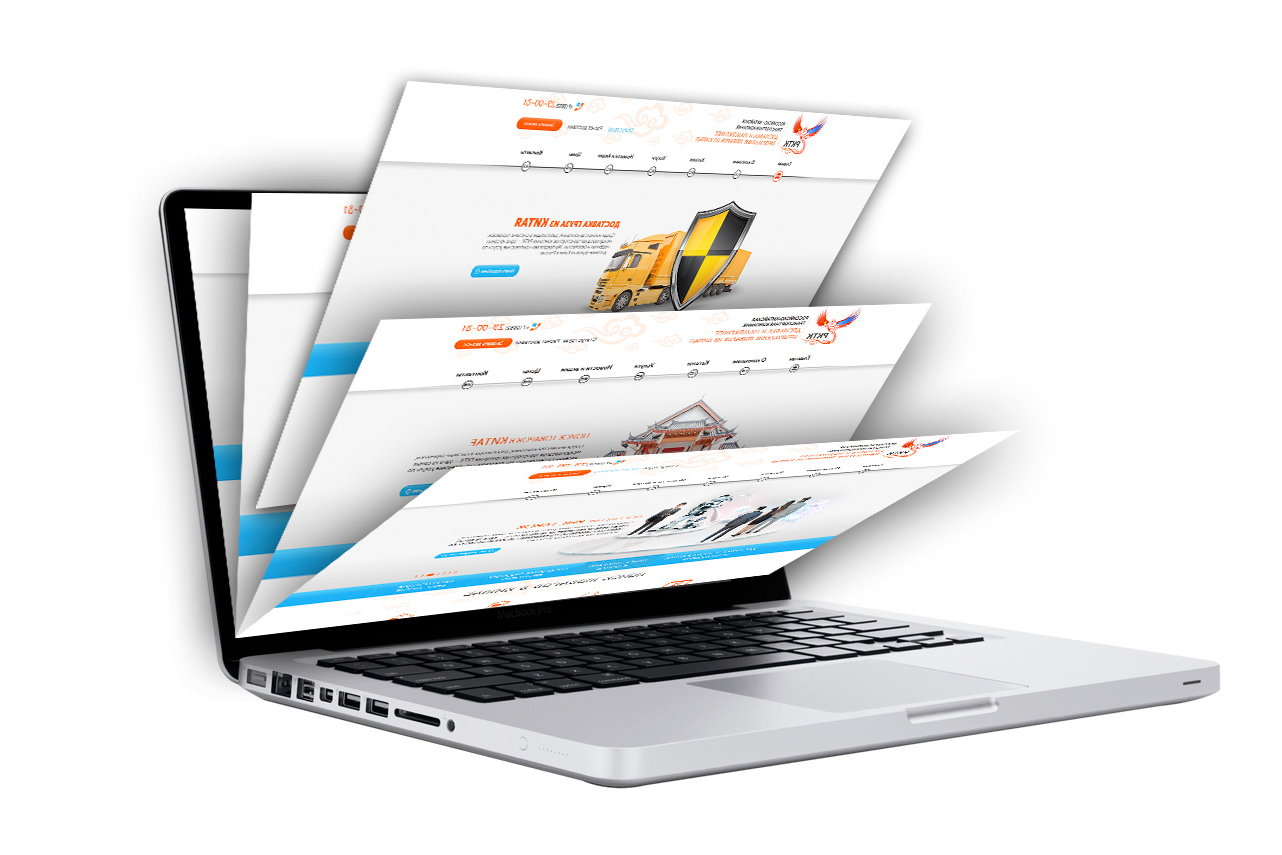In today’s digital age, creating an inclusive online experience for all users is not just a choice; it’s a necessity. Whether you’re a web designer, developer, or website owner, ensuring that your website is accessible to everyone should be a top priority. One key aspect of web accessibility is keyboard navigation, and Elementor, a popular page builder plugin for WordPress, has made significant strides in this area.
The Significance of Elementor Accessibility Features
Elementor is known for its user-friendly interface and powerful design capabilities. However, it’s equally important to focus on accessibility features that allow all users, including those with disabilities, to interact with and navigate through your website seamlessly.
When we talk about accessibility, we’re referring to the practice of making web content and functionality available to people with a wide range of disabilities. This includes individuals who rely on assistive technologies like screen readers and those who navigate websites solely using a keyboard.
Elementor Keyboard Navigation: A Game-Changer
One of the standout features of Elementor is its commitment to keyboard navigation. This is where the keyword “Elementor keyboard navigation” truly shines. This feature enables users to navigate and interact with Elementor-built websites efficiently using only their keyboard, without the need for a mouse or other pointing device.
Imagine a scenario where a visually impaired individual visits your website. With Elementor’s keyboard navigation, they can easily tab through interactive elements like buttons, links, and forms, getting a clear understanding of your content and functionality. This not only enhances user experience but also broadens your website’s reach to a diverse audience.
Elementor Screen Reader Compatibility
For individuals with visual impairments, screen readers are invaluable tools that convert on-screen text and elements into spoken words or Braille output. Web developers and designers need to ensure that their websites are compatible with screen readers.
Elementor understands the importance of screen reader compatibility, and it’s reflected in its development. By incorporating semantic HTML elements, descriptive alt text for images, and ensuring proper ARIA (Accessible Rich Internet Applications) attributes, Elementor makes it possible for screen readers to interpret and convey the content and functionality of your website accurately.
Elementor Usability Enhancements
Web accessibility is not just about compliance with regulations; it’s also about creating a user-friendly experience for everyone. Elementor’s commitment to usability enhancements goes hand in hand with its accessibility features.
The drag-and-drop functionality of Elementor allows designers to arrange elements and content logically and intuitively. This makes it easier for keyboard users to navigate through your website, as they can follow a logical tab order that corresponds to the visual layout of the page.
Additionally, Elementor provides tools and guidelines to help web creators optimize their websites for accessibility. This includes recommendations for contrast ratios, text legibility, and the use of keyboard shortcuts for common actions.
The Impact of Elementor Accessibility on Your Website
So, why should you care about Elementor’s accessibility features, keyboard navigation, screen reader compatibility, and usability enhancements? The answer lies in the transformative impact it can have on your website.
1. Expanded Audience: By embracing Elementor’s accessibility features, you open the doors to a broader audience, including individuals with disabilities who were previously excluded from your site’s content and services.
2. Compliance and Reputation: Ensuring that your website complies with accessibility standards not only demonstrates your commitment to inclusivity but also protects you from potential legal issues related to web accessibility compliance.
3. Improved SEO: Search engines increasingly prioritize accessible websites in their rankings. Incorporating Elementor’s accessibility features can boost your SEO efforts and improve your site’s visibility.
Implementing Elementor Accessibility Features
Now that you understand the significance of Elementor’s accessibility features, let’s explore how to implement them effectively on your website.
1. Keyboard Navigation
To maximize Elementor’s keyboard navigation capabilities, ensure that all interactive elements on your site, such as buttons, links, and forms, are accessible via keyboard shortcuts. Test your website’s keyboard navigation by navigating through it using only the Tab and Enter keys.
2. Screen Reader Compatibility
To make your site compatible with screen readers, provide descriptive alt text for images and use semantic HTML elements for proper content structure. Regularly test your site with popular screen reader software to ensure a seamless experience for visually impaired users.
3. Usability Enhancements
Optimize your website’s layout for keyboard navigation by arranging elements in a logical tab order. Use Elementor’s built-in features and guidelines to improve text legibility and contrast ratios, ensuring a user-friendly experience for all.
Conclusion
Incorporating Elementor’s accessibility features, including keyboard navigation, screen reader compatibility, and usability enhancements, can transform your website into a more inclusive and user-friendly platform. By prioritizing accessibility, you not only comply with regulations but also expand your audience, enhance your reputation, and improve your SEO ranking.
So, whether you’re a web designer looking to create accessible websites or a website owner aiming to reach a broader audience, Elementor’s commitment to accessibility is a game-changer you shouldn’t overlook. Embrace these features, and your website will not only be visually stunning but also genuinely accessible to all.
In the digital world, accessibility is not just a feature; it’s a commitment to equal access and inclusion for everyone. With Elementor, you have the power to make your website a place where everyone feels welcome and valued.



